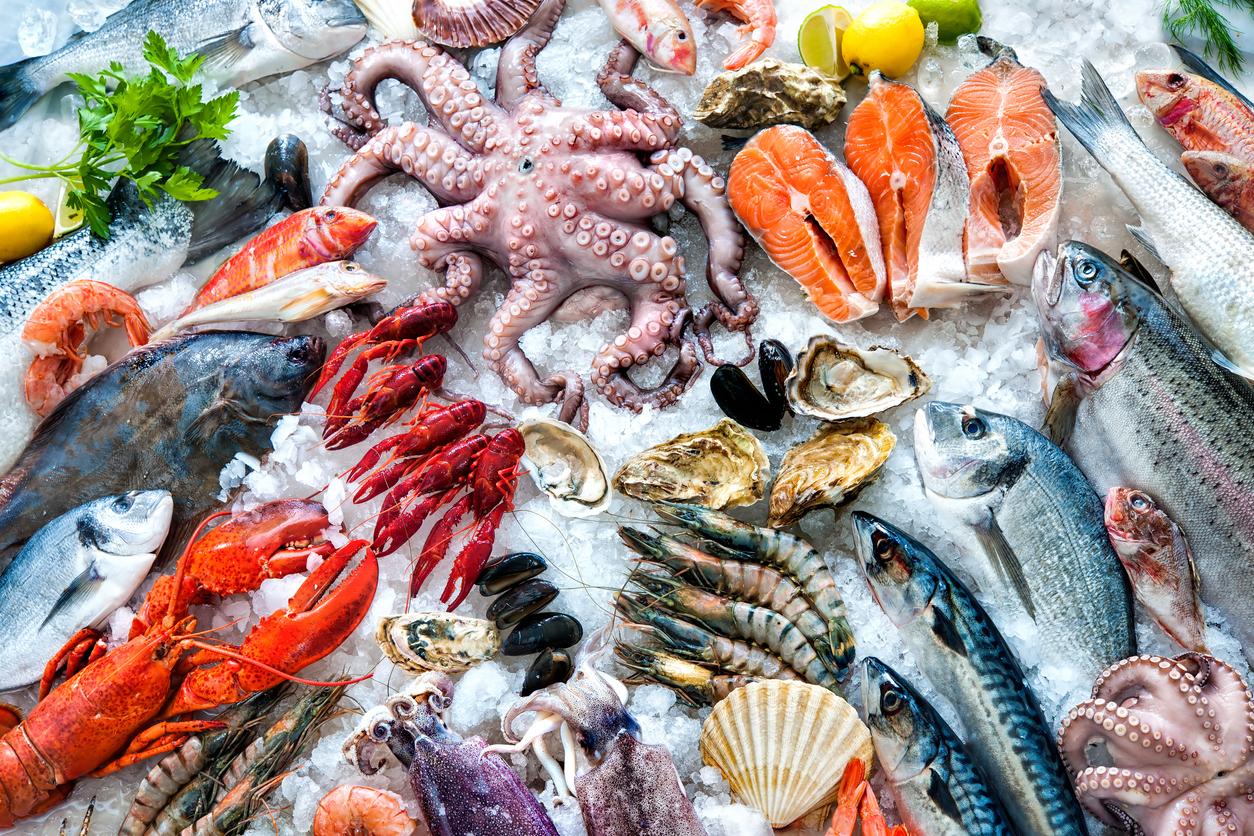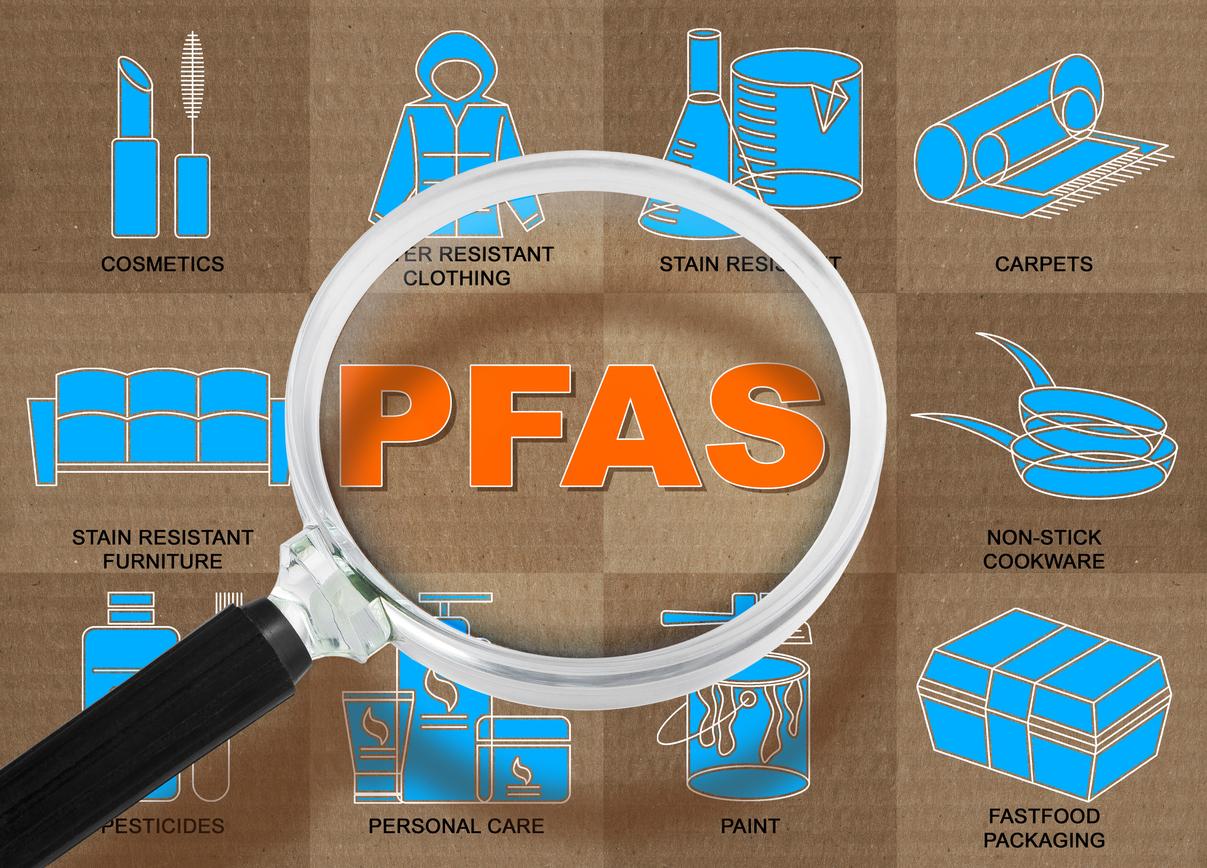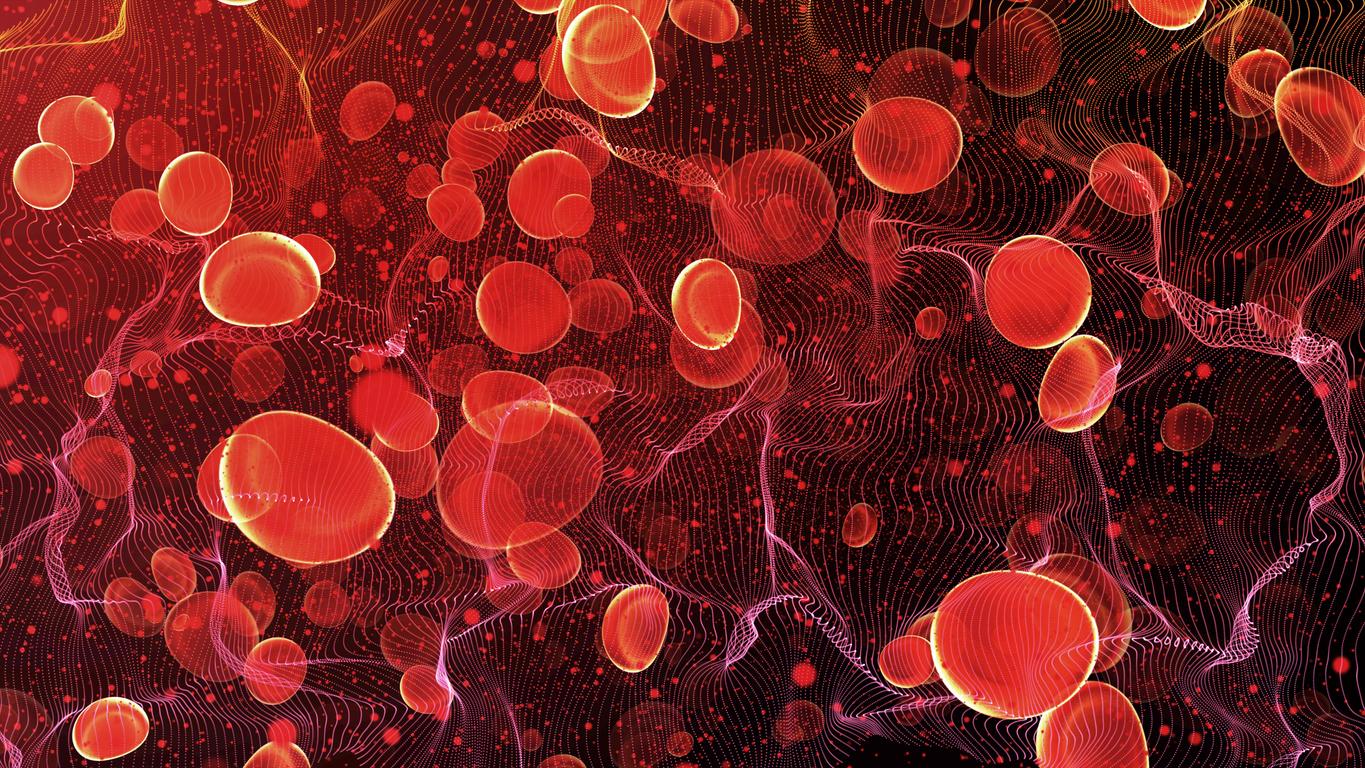A study shows that while eating seafood has health benefits, it may be an underestimated source of PFAS exposure, especially for people who eat a lot of it.

- Exposure to PFAS linked to diets high in seafood may be underestimated, a new study suggests.
- Shrimp and lobster recorded the highest PFAS concentrations with averages of up to 1.74 and 3.30 nanograms per gram of flesh, respectively, for some compounds.
- Researchers are calling for environmental and health policies to protect people from exposure to PFAS found in seafood.
A new study from Dartmouth University may worry fans of seafood platters. According to researchers, people who frequently consume shellfish, crustaceans and sea fish could face an increased risk of exposure to per- and polyfluoroalkylated substances, better known as PFAS.
These are chemical components used in many common products such as food packaging, textiles, household products or even fire foam and suspected of being linked to an increased risk of cancer, fetal anomalies, high cholesterol levels or even thyroid, liver and reproductive disorders.
The work was published in the journal Exposure and Health, on April 12, 2024.
Shellfish and fish: a risk of exposure to PFAS
For their study, the researchers measured the levels of 26 varieties of PFAS in samples of the most consumed marine species: cod, haddock, lobster, salmon, scallop, shrimp and tuna. These were purchased at a market on the coast of the US state of New Hampshire and came from various regions.
According to the analyzes carried out, shrimp and lobster recorded the highest concentrations of PFAS with averages of up to 1.74 and 3.30 nanograms per gram of flesh respectively for certain compounds. Concentrations of individual PFAS in other fish and seafood were generally less than one nanogram per gram, the authors said.
The team then assessed the seafood consumption of 1,829 New Hampshire residents. The survey found that U.S. statesmen eat just over 1 ounce of seafood per day. Women a little less. However, consumption by both sexes was 1.5 times higher than the national average. About 95% of adults surveyed said they had eaten seafood in the past year, and 94% of this group had eaten fish or shellfish in the past month.
To researchers, this data suggests that people who eat a lot of seafood may face an increased risk of PFAS exposure. However, they do not wish to discourage people who love these products.
“Our recommendation is not to not eat seafood: it is an excellent source of lean protein and omega fatty acids. But it is also a potentially underestimated source of PFAS exposure in humans “explains Megan Romano, author of the study. “Understanding this risk-benefit trade-off for seafood consumption is important for people making diet decisions, especially for vulnerable populations such as pregnant people and children”adds the expert in a communicated.
PFAS and seafood: guidelines need to be established
For the scientist and her colleagues, it would be necessary for health authorities to establish precise environmental regulations and policies regarding the levels of PFAS in commonly consumed seafood, as there are for mercury.
“Top predator species such as tuna and sharks are known to contain high concentrations of mercury, so we can use this knowledge to limit exposure. But it’s less clear for PFAS, especially if you start to look at how different compounds behave in the environment”warns Celia Chen, co-author of the study.
“Establishing safety guidelines would help protect people who are particularly sensitive to pollutants”concludes Kathryn Crawford, first author of the work.















